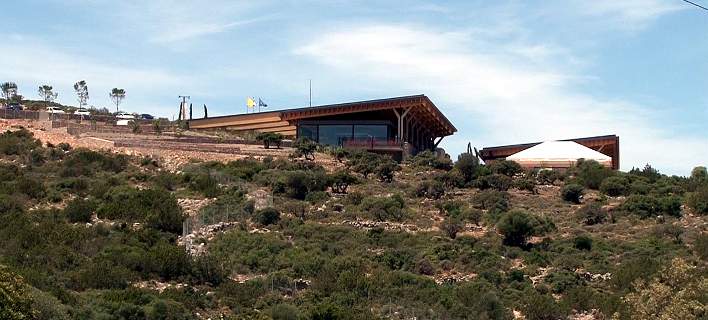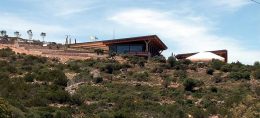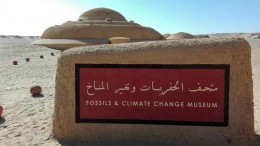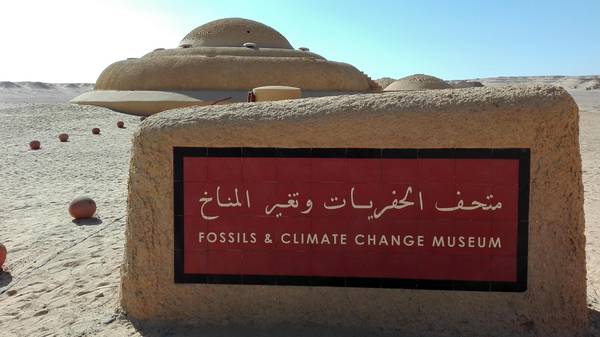 Located in Mastichochoria in Southern Chios, the Chios Mastic Museum sponsored by the Cultural Department of Piraeus Bank, opened its doors to the public on June 11th.
Located in Mastichochoria in Southern Chios, the Chios Mastic Museum sponsored by the Cultural Department of Piraeus Bank, opened its doors to the public on June 11th.
The museum aims to educate the public on the production history, cultivation, and processing of mastic.
The permanent exhibition of the museum talks about Chios’ mastic as a unique natural product. The exhibition is divided in several categories. At the entrance of the museum the audience will learn about pistacia and mastic and resin, which in 2015 was recognized as a natural medicine. In the first section, we can find out about the traditional know-how of mastic cultivation. In the second section, we will be able to observe how mastic throughout the years shaped the agricultural and inhabited scene of Southern Chios and Mastichochoria. In the third section, visitors are also informed about the cooperative management and processing of mastic in later years, which marks an important chapter of Chios’ production history. The museum experience is completed with an out-door exhibition, where the audience can see and touch the plant in its environment where it grows.
The President, Prokopis Pavlopoulos, inaugurated the museum on Saturday June 11th, in the presence of the Archibishop Ieronymos. The president highlighted that “during these hard times, this land is in need of people with strength and ideas. These ideas are so much stronger in order to escape the crisis that plagues the country.”


